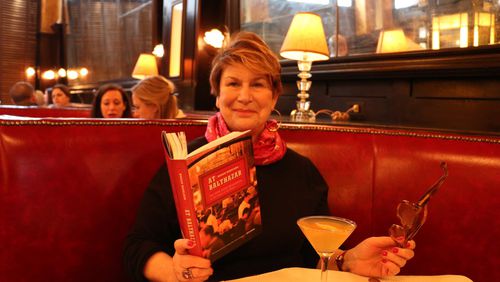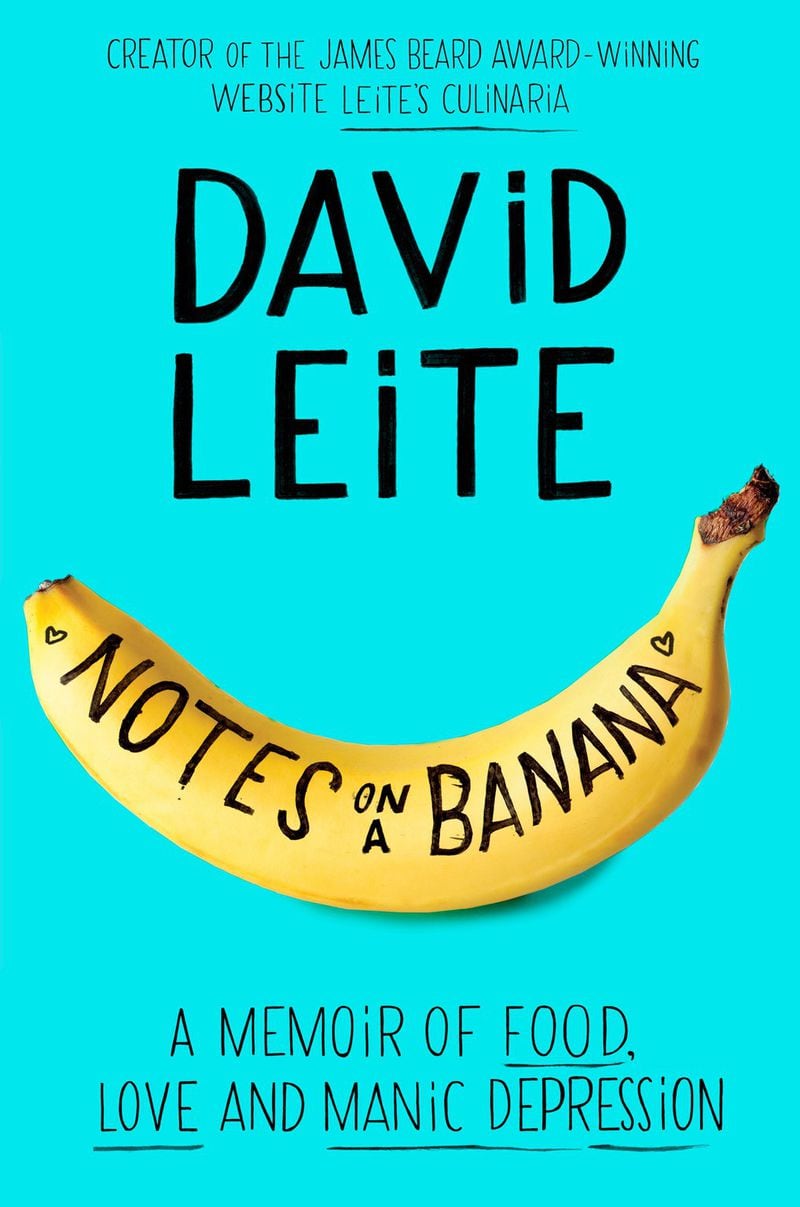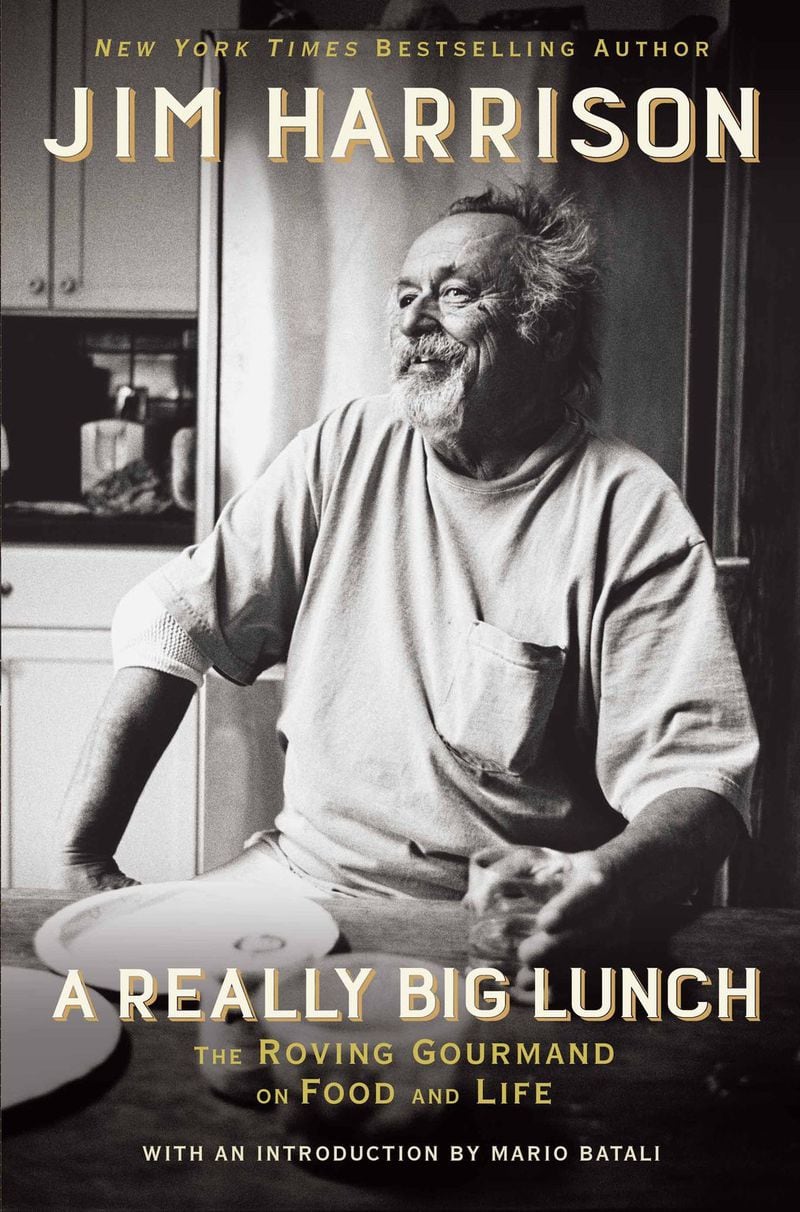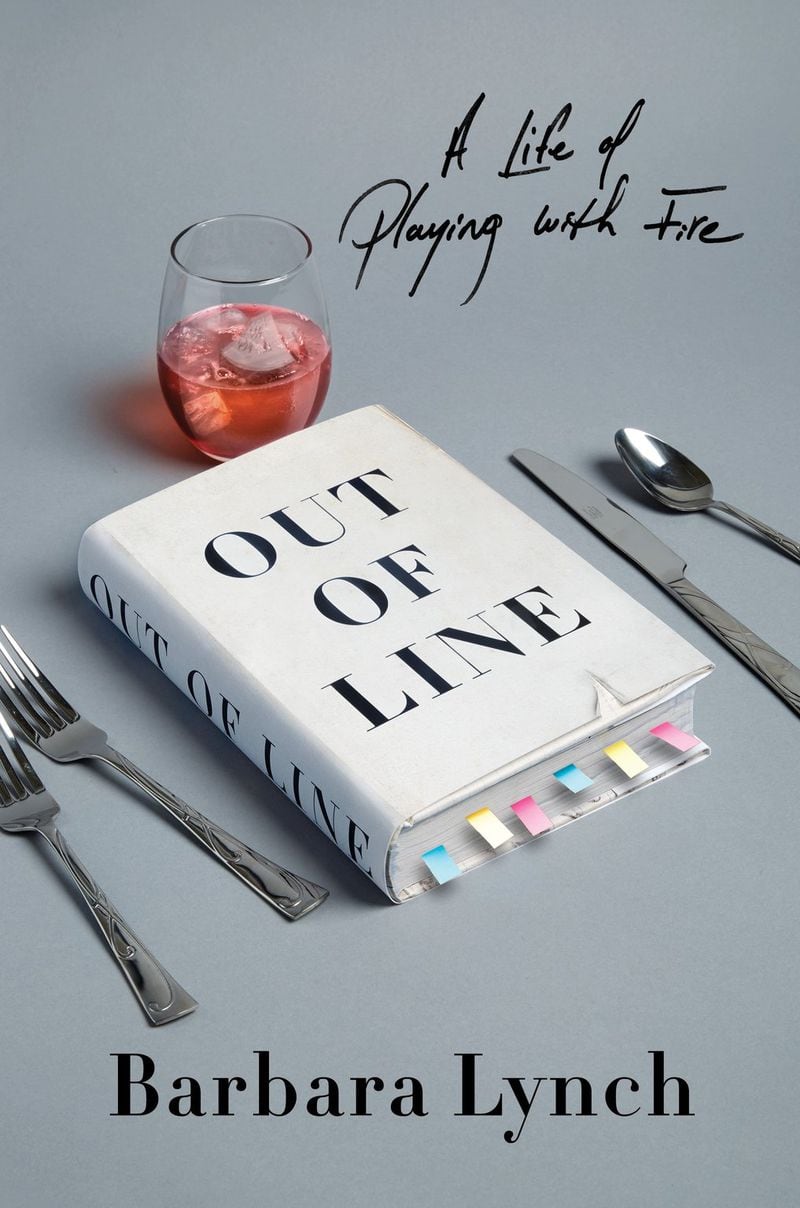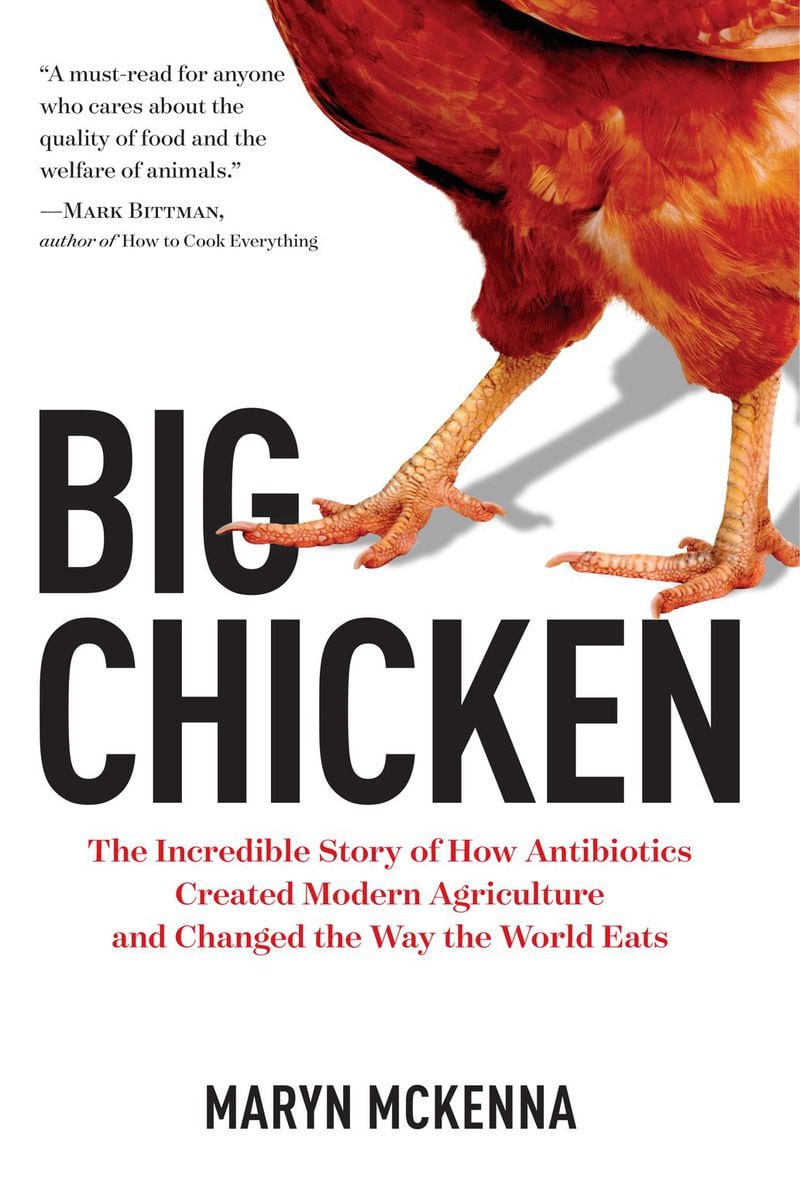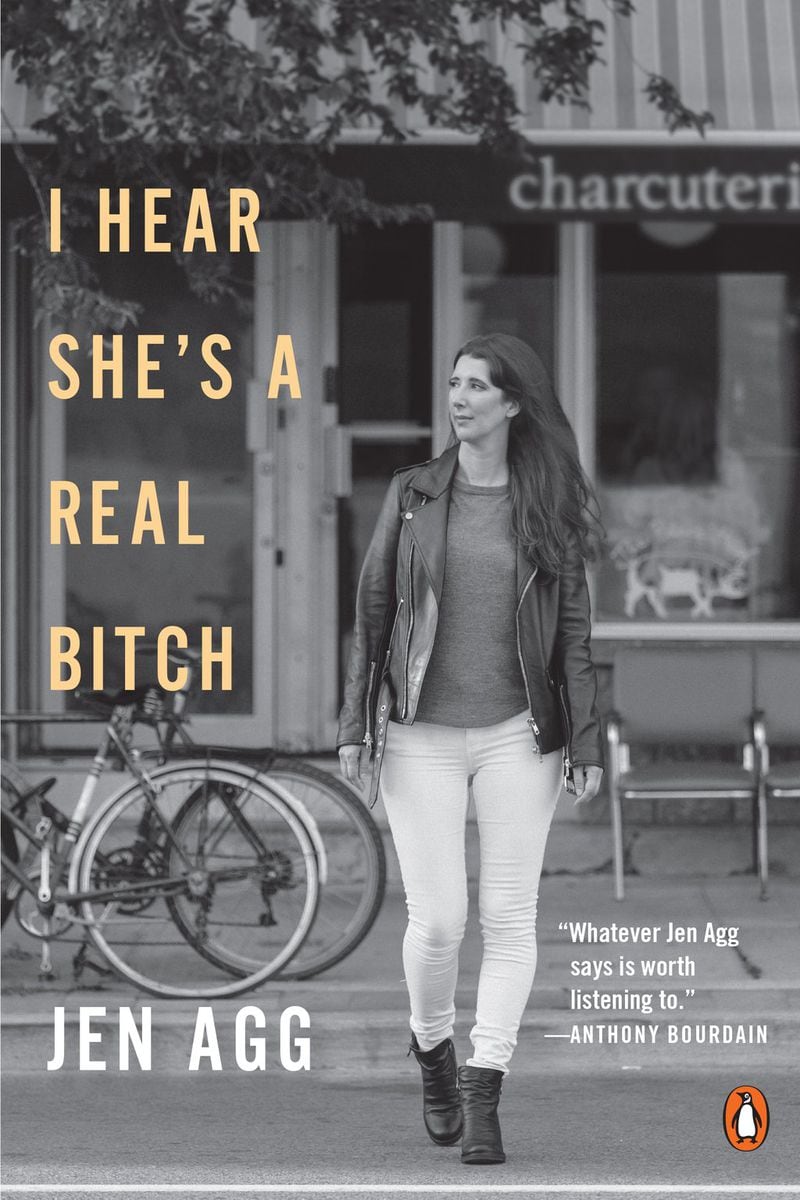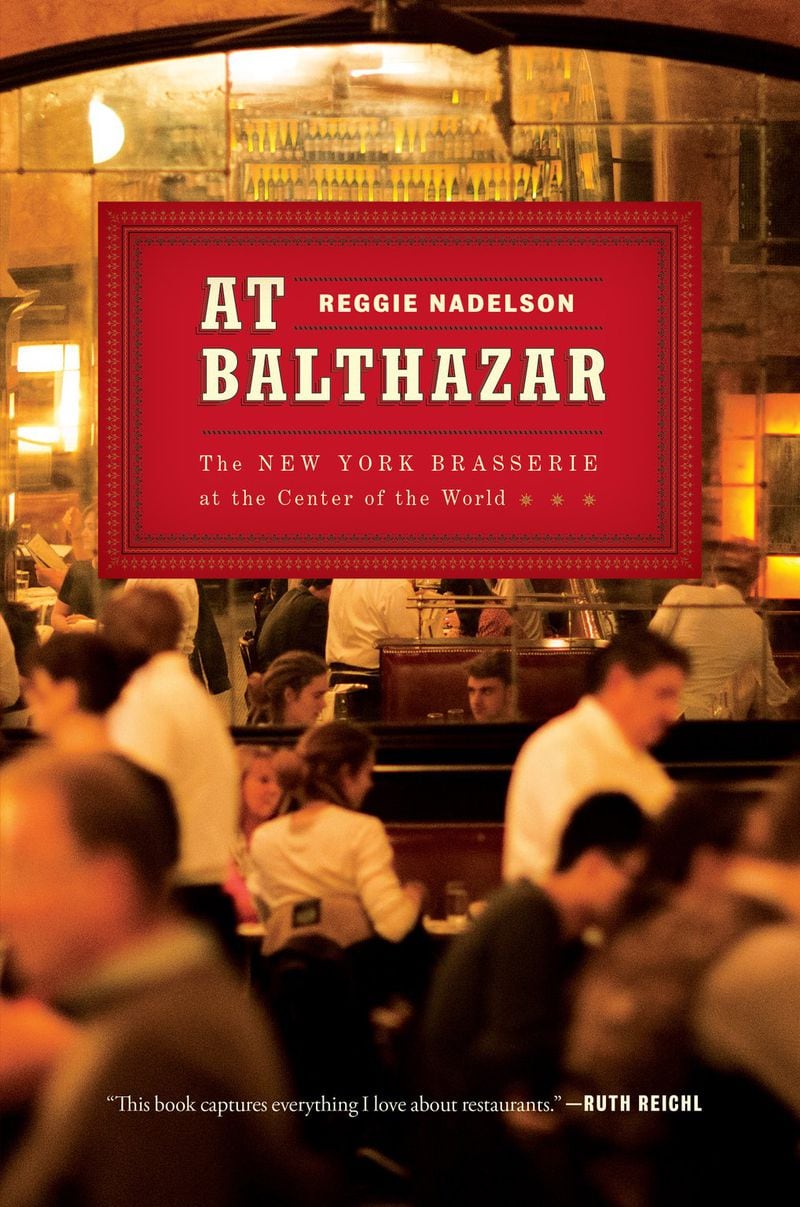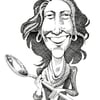Are you too busy to read?
I often feel that my job — and the busyness of life in general — gets in between me and the primary reason I got so deeply into the kitchen in the first place: books.
There is so much food writing to consume these days. And it feels like Christmas every day as new titles are shoved into my mail cubby at the office.
Oh, it’s fun to rip open two, three and four packages daily — some of those books wrapped in fancy cellophane or safely stowed in stylish slipcover (I’m looking at you, “wd~50”) — but keeping up with the latest thoughts on cooking and food insecurity, or the most recent “Kitchen Confidential” copycat, is tricky.
I’m not the only one struggling to digest both food and words about food. When I asked AJC contributing writer and dining critic Wyatt Williams if he wanted to share a byline about the best food writing of 2017, he responded with a yea and the comment, “Jealous of your reading list. Haven’t been able to keep up with new books this year.”
My reply: “If I don’t like it after the first 30 pages, I dump and move on. I just don’t have the time. … I fall asleep 5 minutes after slipping into bed. I used to be able to stay up and read for a good 30.”
So it’s best not to think of this as a comprehensive “best of” list. However, this group of seven works is certainly varied, as it runs the gamut from essays to memoirs to history to politics. Consider it a list from two food writers who don’t have time to deal with muck and who figure that you don’t either.
Here are the voices that resonated with us in 2017.
“Notes on a Banana: A memoir of food, love and manic depression” by David Leite (Dey Street Books, $26.99)
This is my favorite read of the year. David Leite shares an intimate story of a life spent struggling to figure out “what’s wrong” with him. A diagnosis of bipolar disorder in adulthood is just part of the relief and happy ending for Leite. His journey contains vivid, sometimes hilarious, snippets of his Catholic, food-crazed Portuguese family during his youth, college years and later. All the while, he struggled not only with mental illness but also sexual identity. It’s a bravely written, heart-touching book. I zipped through this memoir within two or three days over the summer. Eat this one up over the winter break. — LIGAYA FIGUERAS
“A Really Big Lunch: The roving gourmand on food and life” by Jim Harrison (Grove Press, $26)
Pity I never got to dine with the late Jim Harrison. But this compilation of essays, filled with his lively verbiage and original observations, makes me feel like I’m stuffing my own face during an epic 37-course lunch in France right alongside him — and certainly enjoying a glass or two of his favorite Bandol wine. This is a work that will be enjoyed equally by those who get drunk on the fine assemblage of words as much as they do real vino, and those who appreciate the pleasures of the plate. I think Harrison would be just fine with me crassly saying you can set this one the bathroom and read it chapter-by-chapter while you manage life essentials. — LIGAYA FIGUERAS
“The Potlikker Papers” by John T. Edge (Penguin Press, $28)
Is "The Potlikker Papers" a history of the South by way of food stories, or a story about Southern food by way of our history? By the time you come to the end of this rigorous volume, you'll know that the two are indivisible. In patient, meticulously researched chapters that span from Fannie Lou Hamer to the Coalition of Immokalee Workers, from Lusco's in Greenwood, Miss., to Mashama Bailey's restaurant The Grey in Savannah today, John Edge makes the case that the history of Southern food is the history of the South and vice versa. Edge has long shaped the conversation about food not only in this region but across the country through his pulpit as director of the Southern Foodways Alliance. "The Potlikker Papers" is his defining contribution to that conversation. — WYATT WILLIAMS
“Out of Line: A Life of Playing with Fire” by Barbara Lynch (Atria Books, $25)
If there is one thing about Boston restaurateur and chef Barbara Lynch that comes across the pages of her memoir, it’s that she’s got moxie. Her unfiltered narrative, which constantly returns to her roots in poor South Boston, is rife with dare-to-believe stories (among other things, she stole a city bus — while under legal driving age, to boot) that illustrate the spunk that’s taken her from an underprivileged ‘hood to the top of the Boston dining scene. At times, I could do without set-the-record-straight recounts that read as one-ups of other chefs, but I did enjoy learning the extent to which this self-taught culinarian and businesswoman overcame obstacles while staying true to herself. — LIGAYA FIGUERAS
“Big Chicken” by Maryn McKenna (National Geographic, $27)
"In 1960," Maryn McKenna writes, "Americans ate 28 pounds of chicken per year; in 2016, we ate more than 92 pounds." What happened in the years in between? McKenna chronicles the rapid growth of a chicken industry fueled by industrial methods, selective genetics and antibiotic drugs. The combination produced, as McKenna titles one of her chapters, "meat for the price of bread," but it also led to a looming public health disaster: resistance to antibiotic drugs. McKenna's background as a science reporter comes into full focus here, telling the story of the chicken industry through the efforts of scientists, researchers, farmers and the victims of outbreaks, who all find their lives tied together by the drugs that made chicken America's most popular meat. Here in Georgia, which some call the chicken capital of the world, we'd all be well served to learn how the industry got to be the way it is today. — WYATT WILLIAMS
“I Hear She’s a Real Bitch” by Jen Agg (Penguin Books Original, $17)
Considering how much sexual harassment has dominated the news cycle these past few months, the September release of this memoir by a Toronto female chef and restaurant owner couldn’t be more timely. If the title alone makes you squirm, so will some of Jen Agg’s candid remarks about sexism and other double standards in the restaurant industry. She takes everyone to task — colleagues, restaurant critics, even diners. Her opinions (I don’t agree with all of them) are worth hearing out. — LIGAYA FIGUERAS
“At Balthazar” by Reggie Nadelson (Gallery Books, $27)
A beautiful and intimate portrait of one of New York’s beloved restaurants as seen through the lens of one of its dining regulars. Reggie Nadelson recounts the history of the 20-year-old establishment, bringing it to life through conversations with staff while capturing the essence of what makes a restaurant a stage. — LIGAYA FIGUERAS
